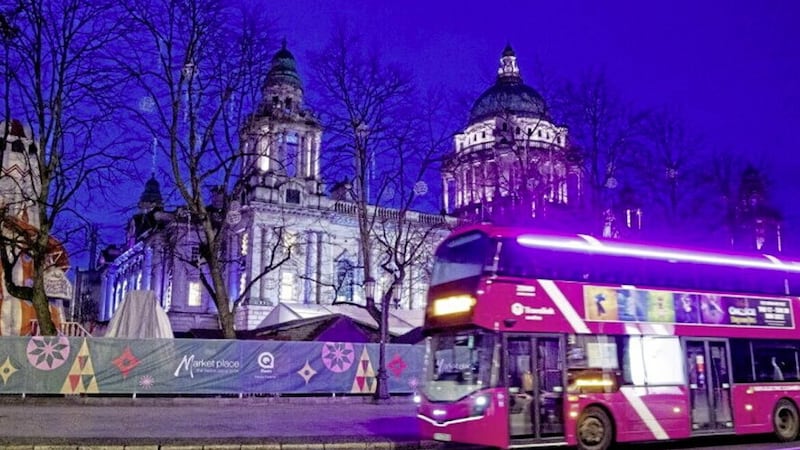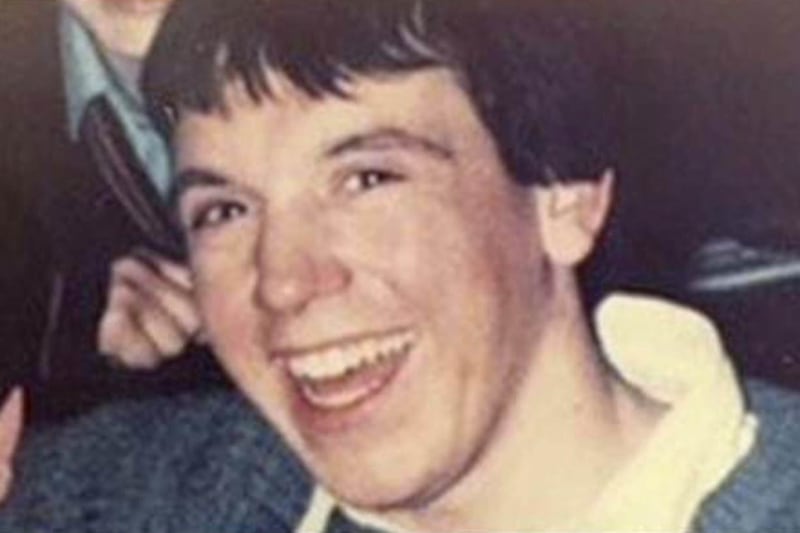The family of a Co Derry man shot dead from behind by the SAS almost 40 years ago say they have not received justice after a coroner found the use of lethal force was “reasonable”.
Francis Bradley (20) was shot eight times during an undercover ambush close to an arms dump near Toome in February 1986.
His name was later added to the IRA’s roll of honour.
His family and many within his local community believe he was the victim of a shoot-to-kill operation.
An original inquest was held in 1987, however, in 2010 former Attorney General John Larkin ordered a new one.
Coroner Peter Irvine took more than five hours to deliver his findings at Laganside Court complex in Belfast on Thursday.
During the inquest, which opened in Derry earlier this year, the coroner heard that the RUC told Mr Bradley he would be dead before his 21st birthday, while Karen Quinlivan KC, who acts for the Bradley family, put it to a British soldier that he had been “executed”.
Evidence was heard that 21 shots were fired at Mr Bradley as he inspected an arms dump containing two guns on the night he was killed.
One squaddie, known as Soldier A fired one round, the first discharged, which struck Mr Bradley, shattering his pelvis.
In his findings, Mr Irvine said the injury “was sustained when the deceased was not upright and on the balance of probabilities, he was presenting his rear to the shooter”.
“The injury would have had significant impact on his ability thereafter to stand up,” he added.
Another SAS member, known as Soldier C, fired 20 shots at Mr Bradley, including a burst of three rounds believed to have caused his death.
In his ruling, Mr Irvine said he was satisfied on the basis of the ballistics and pathologists’ evidence that when those shots were fired Mr Bradley was lying “supine” on the ground.
During the inquest, Soldier C refused to adopt his statement made in 1986 and according to the coroner “in so doing he has effectively provided no explanation as to why he fired the shots”.
The coroner also highlighted that Soldier C “invoked privilege against self-incrimination” during the inquest when asked questions about the shooting of Mr Bradley.
“The use of lethal force was justified,” the coroner said.
“Soldier C held the honest belief that it was necessary in order to prevent the loss of life.
“The use of force by the soldiers, including the use of lethal force, was both reasonable and proportionate.
“The operation was planned and controlled in such a way as to minimise to the greatest extent possible the need for recourse to lethal force.”
Evidence was also heard that before Mr Bradley was killed, two undercover soldiers had identified him at a roadside, but no effort was made to detain or arrest him.
Speaking to The Irish News Mr Bradley’s brother, Brian Bradley, said his family felt let down.
“As a family we do not feel that we got justice here today,” he said.
“I attended Francis’s inquest for over nine weeks earlier this year and our family, friends and neighbours were never in any doubt that my brother was murdered by the British army.
“In the words of our barrister Karen Quinlivan, he was ‘executed’.”
Mr Bradley acknowledged that his family had access to an inquest and spoke of his hope others might also have the opportunity.
“My family is glad that we were able to go ahead with this inquest,” he said.
“Others have not been so fortunate.
“That includes the family of GAA official Sean Brown, who want a public inquiry into his murder.
“It is only right that other families, from all sections of the community, now have their inquests reinstated after they were halted by the Legacy Act.”
Solicitor Ciaràn Shiels, of Madden and Finucane Solicitors, said the Bradley family are “hugely disappointed in today’s ruling”.
“They have already consulted with their senior counsel and we have advised them to immediately challenge, by way of judicial review,” he said.
“The Bradley family’s view on the judgment is that it was long on quotation, short on analysis, but purported to justify the undercover soldiers’ firing at a 20-year-old, who by the stage that the final burst of shots were fired into his body, was lying prone on the ground, facing up at his killer, unarmed, and utterly defenceless.
“Francis Bradley could easily have been arrested, instead undercover British soldiers chose to fire 21 high velocity rounds at him, striking him with eight bullets.”








